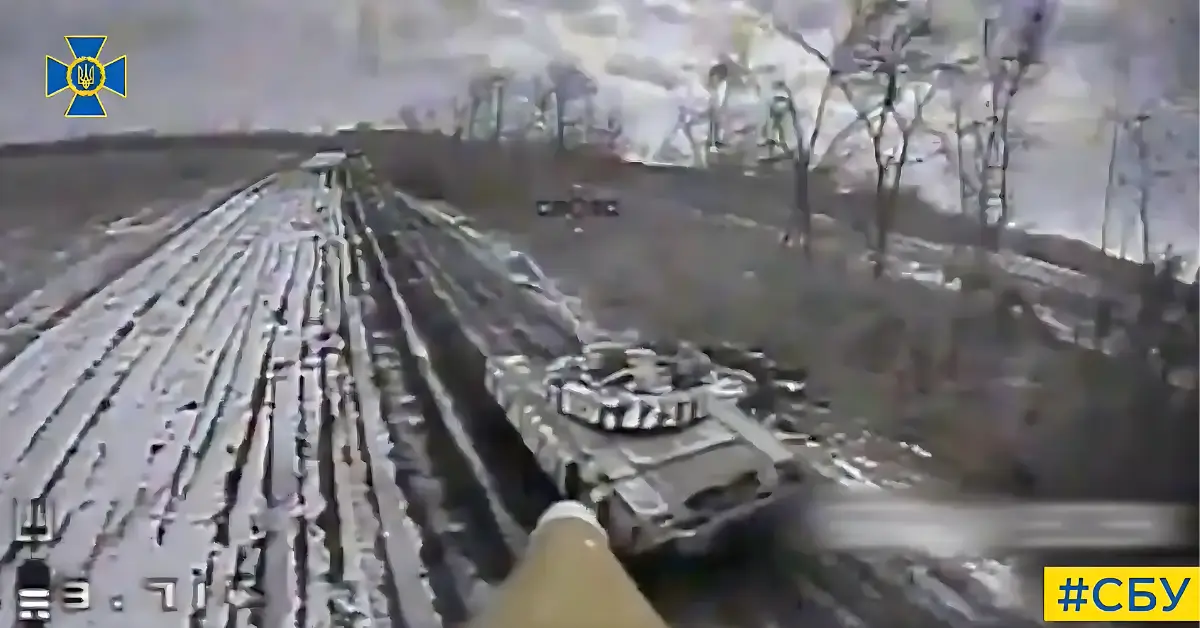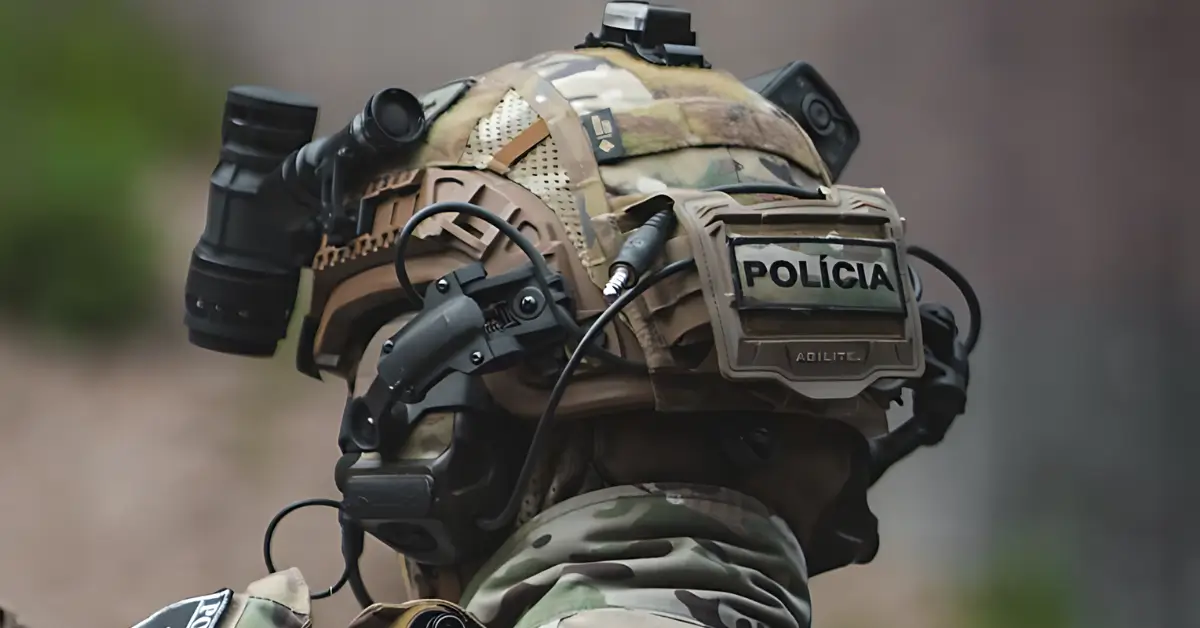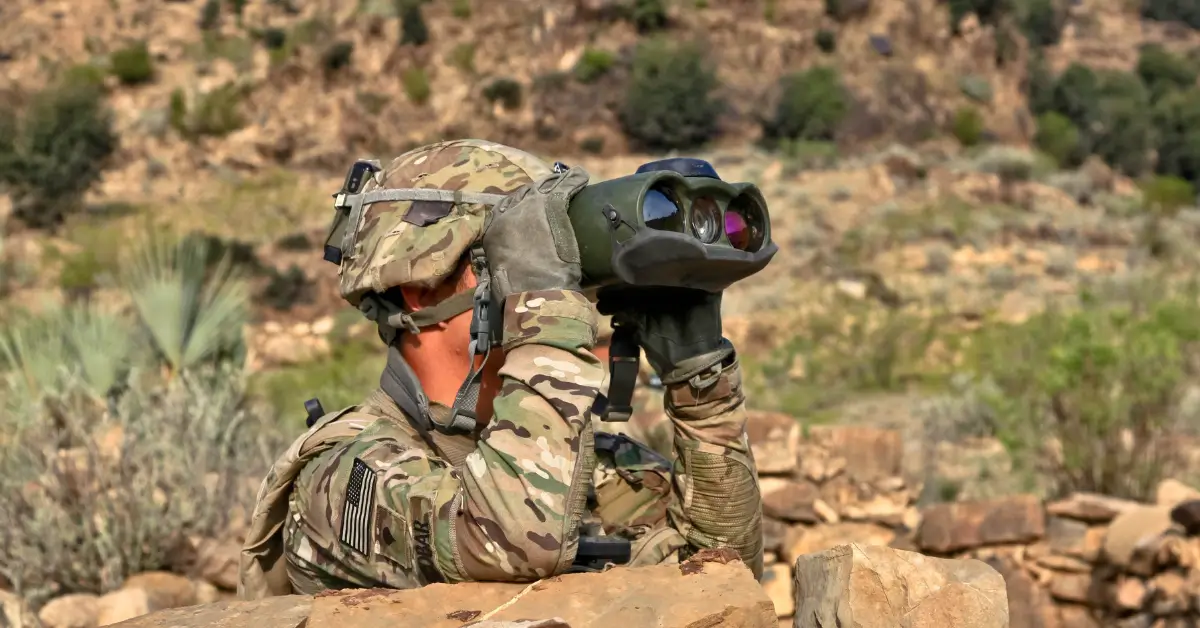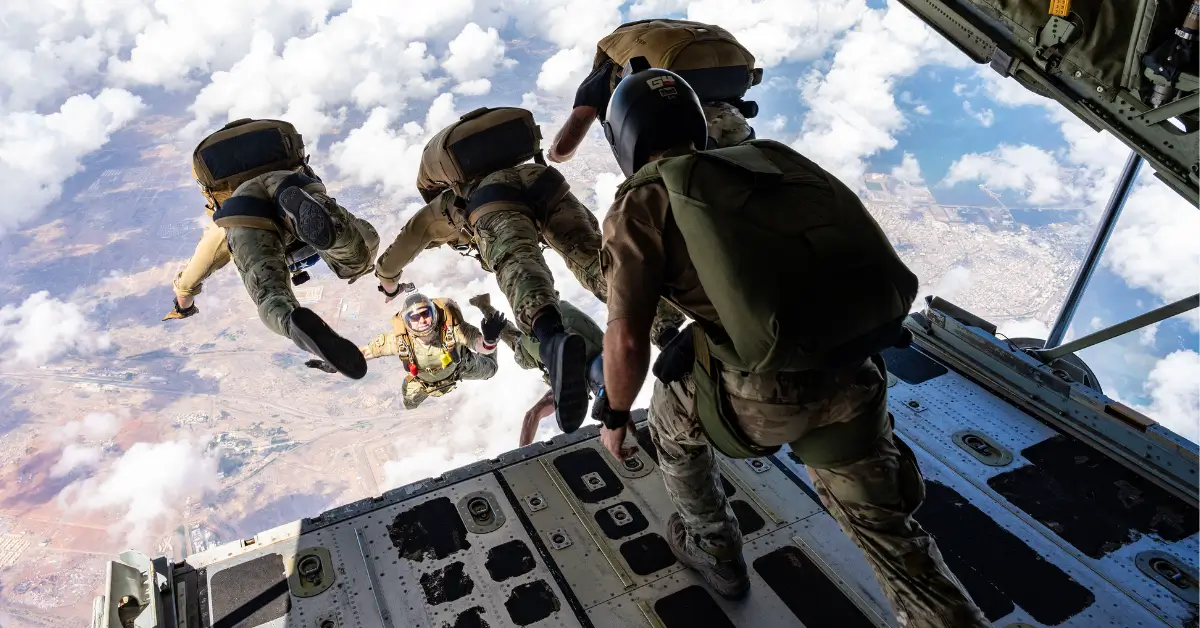In the heart of the Ukrainian battlefield, a drone pilot named ‘Ghost’ sits in a makeshift command centre, his eyes glued to a screen displaying a live feed from his FPV drone. As he navigates through enemy lines, he recalls the moment he successfully took out a Russian artillery position with a kamikaze drone. ‘It felt surreal,’ he says, ‘watching the explosion unfold in real-time, knowing I was hundreds of meters away, yet still in control.’ This moment is just one of many that highlight the transformative role of FPV drones in the ongoing conflict, where Ukrainian forces have increased their use of these drones
First Person View (FPV) drones have emerged as a transformative technology in modern warfare, redefining combat strategies and operational tactics. Their recent deployment in the conflict in Ukraine has showcased their potential to revolutionise the battlefield. This blog explores the technical advancements, tactical applications, and future trends of FPV drones, drawing insights from their use in Ukraine.
Differences Between FPV Drones and Other Drone Types
FPV Drones:
- Agility and Precision: FPV drones are typically smaller and more agile than other drones, making them ideal for navigating complex environments and performing precision strikes. Their high-speed capabilities and manoeuvrability enable them to adapt quickly to dynamic battlefield conditions, ensuring effective target engagement.
- Operator Immersion: The FPV setup gives the operator a first-person perspective, significantly enhancing situational awareness and control. This immersive experience is critical for precision tasks where real-time visual feedback is paramount, allowing operators to make immediate and accurate decisions.
- Kamikaze Capability: Many FPV drones are designed as suicide or kamikaze drones, capable of delivering explosive payloads directly to targets. This provides a powerful tactical advantage by allowing precise destruction of high-value targets.
Other Drone Platforms:
- Fixed-Wing Drones:
- Extended Range and Endurance: These drones offer longer flight times and can cover larger areas, making them suitable for sustained surveillance and reconnaissance missions.
- Application: Ideal for missions requiring extended flight duration and broad area coverage, such as border patrol and environmental monitoring.
- Rotary-Wing Drones:
- Superior Manoeuvrability: Capable of vertical takeoff and landing, these drones can hover and manoeuvre in confined spaces.
- Application: Perfect for close support and urban operations where agility and the ability to hover are essential, such as in disaster response and infrastructure inspection.
- Hybrid Drones:
- Versatility: These drones combine the long-range and endurance benefits of fixed-wing drones with the hover and manoeuvrability capabilities of rotary-wing drones.
- Application: It is suitable for diverse mission profiles, offering flexibility for extended surveillance and detailed close-up tasks. It is ideal for missions that require long-distance travel and precision manoeuvres.
Technical Specifications and Performance
Detailed Specifications:
FPV drones used in military operations are characterised by their advanced technical features:
- Payload Capacity: Can carry a range of munitions, including thermobaric and high-explosive fragmentation warheads.
- Range and Endurance: These drones, equipped with high-capacity batteries and advanced communication systems, can operate over extended ranges and durations.
- Speed and Maneuverability: High-speed capabilities combined with agile manoeuvrability allow precise targeting (caged tanks and buildings) and navigation in complex environments.
Propulsion Systems, Materials, and Avionics:
- Propulsion Systems: Utilise electric, hybrid, or fuel-based propulsion for different operational needs.
- Materials: Constructed from lightweight, durable composites to enhance performance and survivability.
- Avionics: Integrated with advanced navigation, targeting, and control systems to ensure reliability and maintainability.
Tactical Employment and Doctrine
Case Studies:
FPV drones have been instrumental in various operational scenarios in Ukraine:
- Surveillance and Reconnaissance: Used to gather real-time intelligence on enemy positions, movements, and fortifications.
- Direct Engagement: Deployed for precision strikes against high-value targets and fortified positions.
Integration with Combined Arms:
FPV drones are seamlessly integrated into broader military operations, working in concert with infantry, artillery, and armour units. This integration enhances the overall effectiveness and coordination of military efforts.
Tactics, Techniques, and Procedures (TTPs):
- Employment Tactics: Techniques for effective deployment, including swarming tactics and real-time targeting adjustments.
- Counter-Drone Tactics: Measures to counter enemy drone threats, ensuring air superiority and operational security.
Intelligence, Surveillance, and Reconnaissance (ISR)
Role in Battlefield Information:
FPV drones play a critical role in ISR operations, providing detailed and timely intelligence that informs tactical and strategic decisions.
- Integration with Other Platforms: Work alongside satellites, UAVs, and ground sensors to create a comprehensive situational awareness network.
- Data Processing and Exploitation: Utilise advanced algorithms and AI for real-time data analysis and actionable intelligence dissemination.
Precision Strike
FPV Drones as Weapons Platforms:
These drones are equipped to deliver precision strikes with a variety of munitions:
- Anti-Tank and Anti-Personnel: Armed with specialised warheads to effectively destroy armoured vehicles and personnel.
- Electronic Warfare: Capable of disrupting enemy communications and electronic systems.
Munition Types and Effects:
- Armour Piercing: These munitions are designed to penetrate hardened targets, such as armoured vehicles and bunkers, by focusing energy on a small impact area. They are particularly effective against targets with substantial armour protection, allowing FPV drones to neutralise heavily fortified threats.
- Thermobaric Warheads: Effective in destroying fortified positions and enemy bunkers, these warheads create a high-temperature explosion that consumes oxygen, resulting in a devastating blast capable of collapsing structures and neutralising personnel within.
- High-Explosive Fragmentation: Designed to maximise damage over a wide area, these munitions disperse shrapnel upon detonation, inflicting casualties and damage over a broad radius, making them ideal for anti-personnel and anti-material missions.
- Time-Delayed Explosives: Designed to detonate after a set time, allowing for strategic placement and timing to target enemy forces or infrastructure effectively. These munitions can disrupt enemy operations and cause confusion, offering a tactical advantage.
Precision Targeting and Guidance Systems:
Advanced targeting systems, including GPS and laser guidance, ensure high accuracy in hitting designated targets.
Countermeasures and Defenses
Enemy Counter-Drone Capabilities:
Adversaries employ various countermeasures to neutralise FPV drones:
- Kinetic Defenses: Techniques to disrupt or destroy incoming drones.
- Electronic Warfare: Use of electronic countermeasures and jamming to incapacitate drone operations.
Defensive Measures:
To mitigate these threats, FPV drones incorporate several defensive features:
- Hardening and Deception: Enhanced designs to withstand attacks and evade detection.
- Redundancy Systems: Backup systems to ensure mission continuity despite attacks.
Counter-Countermeasures:
- Advanced Electronic Warfare: Implementing sophisticated countermeasures to neutralise enemy defences and maintain drone efficacy.
Challenges and Future Trends
Current Limitations:
Despite their advantages, FPV drones face several challenges:
- Limited Night/Thermal Vision Use: Effectively deploying night and thermal vision technology is difficult and costly during dark conditions, restricting the operational capabilities of FPV drones in low-light environments.
- Technological Constraints: Issues related to range, payload capacity, and endurance.
- Operational Challenges: The need for skilled operators and susceptibility to advanced countermeasures.
Emerging Technologies:
Ongoing advancements promise to address current limitations and expand the capabilities of FPV drones:
- AI and Autonomy: Development of autonomous drones capable of independent operation.
- Swarm Tactics: Coordination of multiple drones for complex and large-scale missions.
- Reusable Platforms: While many current FPV drones are designed as kamikaze units, emerging technologies enable drones to drop or shoot their payload and then return to base for reuse.
The use of FPV drones in military operations is gaining recognition across various countries. The U.S. Army plans to formally integrate these drones by fiscal year 2025 and deploy them to infantry platoons by 2026. Similarly, nations such as France, Germany, and the United Kingdom are exploring the capabilities of FPV drones, focusing on their versatility in both reconnaissance and combat roles. These drones are designed to serve as multi-purpose tactical tools, capable of executing precision strikes and gathering real-time intelligence. As military forces worldwide continue to innovate and adapt, the integration of FPV drones is set to redefine modern warfare strategies, enhancing operational effectiveness and situational awareness on the battlefield.
Contact MSS Defence for Drone and Anti-Drone Solutions
FPV drones excel in agility and real-time control, while other drone types offer distinct advantages in range and manoeuvrability. To harness the full potential of these technologies or to secure your operations against drone threats, contact MSS Defence. We provide state-of-the-art drone and anti-drone solutions tailored to your needs.
Reach out to us for more than what is visible in our online catalogue. We provide customised solutions designed to address your specific challenges and operational requirements.



